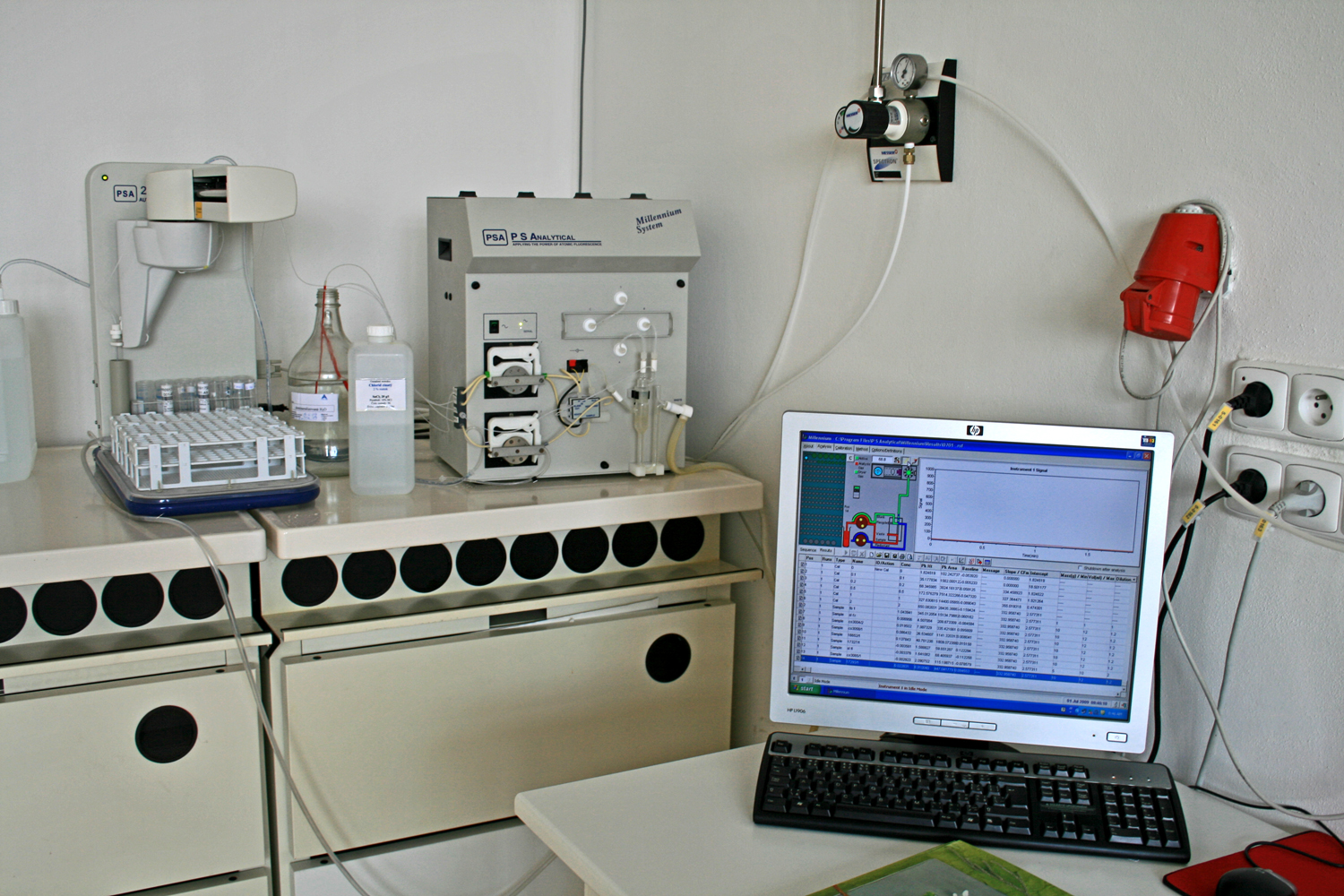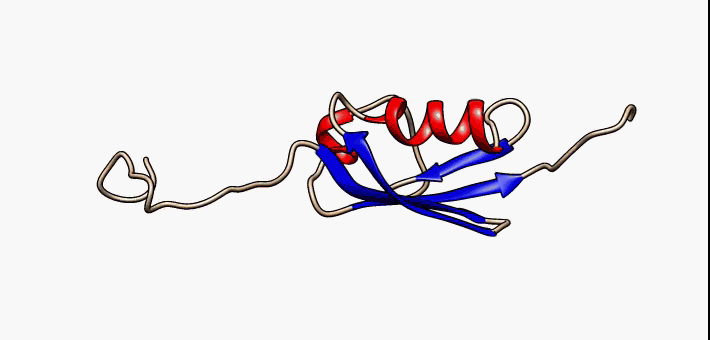|
Jane Dyson
Helen Jane Dyson is a British-born biophysicist and a professor of integrative structural and computational biology at the Scripps Research Institute in La Jolla, California. She is also currently editor-in-chief of the ''Biophysical Journal''. She was elected a member of the National Academy of Sciences in 2022. Early life and career Jane Dyson was born in England, and was raised near Sydney. Dyson received her bachelor's of science in biochemistry from the University of Sydney in 1973. She received her PhD in inorganic chemistry from the same institution in 1977. Dyson did a postdoctoral fellowship at Massachusetts Institute of Technology with Paul Schimmel in 1977. From 1979 to 1984, Dyson was a UNESCO Lecturer in the School of Chemistry at the University of New South Wales. In 1984, she joined the lab of Richard Lerner at the Scripps Research Institute. In 1992, Dyson became associate professor at the Department of Molecular Biology at the Scripps Research Institute. In 200 ... [...More Info...] [...Related Items...] OR: [Wikipedia] [Google] [Baidu] |
University Of Sydney
The University of Sydney (USYD), also known as Sydney University, or informally Sydney Uni, is a public university, public research university located in Sydney, Australia. Founded in 1850, it is the oldest university in Australia and is one of the country's six sandstone universities. The university comprises eight academic faculties and university schools, through which it offers bachelor, master and doctoral degrees. The university consistently ranks highly both nationally and internationally. QS World University Rankings ranked the university top 40 in the world. The university is also ranked first in Australia and fourth in the world for QS graduate employability. It is one of the first universities in the world to admit students solely on academic merit, and opened their doors to women on the same basis as men. Five Nobel Prize, Nobel and two Crafoord Prize, Crafoord laureates have been affiliated with the university as graduates and faculty. The university has educated ... [...More Info...] [...Related Items...] OR: [Wikipedia] [Google] [Baidu] |
Fluorescence Spectroscopy
Fluorescence spectroscopy (also known as fluorimetry or spectrofluorometry) is a type of electromagnetic spectroscopy that analyzes fluorescence from a sample. It involves using a beam of light, usually ultraviolet light, that excites the electrons in molecules of certain compounds and causes them to emit light; typically, but not necessarily, visible light. A complementary technique is absorption spectroscopy. In the special case of single molecule fluorescence spectroscopy, intensity fluctuations from the emitted light are measured from either single fluorophores, or pairs of fluorophores. Devices that measure fluorescence are called fluorometers. Theory Molecules have various states referred to as energy levels. Fluorescence spectroscopy is primarily concerned with electronic and vibrational states. Generally, the species being examined has a ground electronic state (a low energy state) of interest, and an excited electronic state of higher energy. Within each of thes ... [...More Info...] [...Related Items...] OR: [Wikipedia] [Google] [Baidu] |
Living People
Related categories * :Year of birth missing (living people) / :Year of birth unknown * :Date of birth missing (living people) / :Date of birth unknown * :Place of birth missing (living people) / :Place of birth unknown * :Year of death missing / :Year of death unknown * :Date of death missing / :Date of death unknown * :Place of death missing / :Place of death unknown * :Missing middle or first names See also * :Dead people * :Template:L, which generates this category or death years, and birth year and sort keys. : {{DEFAULTSORT:Living people 21st-century people People by status ... [...More Info...] [...Related Items...] OR: [Wikipedia] [Google] [Baidu] |
Year Of Birth Missing (living People)
A year or annus is the orbital period of a planetary body, for example, the Earth, moving in its orbit around the Sun. Due to the Earth's axial tilt, the course of a year sees the passing of the seasons, marked by change in weather, the hours of daylight, and, consequently, vegetation and soil fertility. In temperate and subpolar regions around the planet, four seasons are generally recognized: spring, summer, autumn and winter. In tropical and subtropical regions, several geographical sectors do not present defined seasons; but in the seasonal tropics, the annual wet and dry seasons are recognized and tracked. A calendar year is an approximation of the number of days of the Earth's orbital period, as counted in a given calendar. The Gregorian calendar, or modern calendar, presents its calendar year to be either a common year of 365 days or a leap year of 366 days, as do the Julian calendars. For the Gregorian calendar, the average length of the calendar yea ... [...More Info...] [...Related Items...] OR: [Wikipedia] [Google] [Baidu] |
Academic Journal Editors
An academy (Attic Greek: Ἀκαδήμεια; Koine Greek Ἀκαδημία) is an institution of secondary education, secondary or tertiary education, tertiary higher education, higher learning (and generally also research or honorary membership). The name traces back to Plato's school of philosophy, founded approximately 385 BC at Akademia, a sanctuary of Athena, the goddess of wisdom and Skills, skill, north of Ancient Athens, Athens, Greece. Etymology The word comes from the ''Academy'' in ancient Greece, which derives from the Athenian hero, ''Akademos''. Outside the city walls of Athens, the Gymnasium (ancient Greece), gymnasium was made famous by Plato as a center of learning. The sacred space, dedicated to the goddess of wisdom, Athena, had formerly been an olive Grove (nature), grove, hence the expression "the groves of Academe". In these gardens, the philosopher Plato conversed with followers. Plato developed his sessions into a method of teaching philosophy and in 3 ... [...More Info...] [...Related Items...] OR: [Wikipedia] [Google] [Baidu] |
Scripps Research Faculty
Scripps may refer to: People * Edward W. Scripps (1854–1926), American publisher and media financier * Ellen Browning Scripps (1836–1932), American philanthropist, half-sister of Edward W. Scripps * James E. Scripps (1835–1906), American newspaper publisher, brother of Ellen Browning Scripps * Samuel H. Scripps (1927–2007), American philanthropist in theater and dance, grandson of Edward W. Scripps * Anne Scripps (1946–1993), heiress to the Scripps newspaper publishing and great-great granddaughter of James E. Scripps * Charles Scripps (1920–2007), chairman of the board of the E. W. Scripps Company and grandson of Edward W. Scripps * Dan Scripps, American politician * John Locke Scripps (1818–1866), attorney, journalist, and author. First cousin once removed of E.W. Scripps * John Martin Scripps (1959–1996), British serial killer * Natalee Scripps (born 1978), New Zealand cricketer * William Edmund Scripps (1882–1952), American founder of WWJ radio, son of J ... [...More Info...] [...Related Items...] OR: [Wikipedia] [Google] [Baidu] |
University Of Sydney Alumni
A university () is an institution of higher (or tertiary) education and research which awards academic degrees in several academic disciplines. ''University'' is derived from the Latin phrase ''universitas magistrorum et scholarium'', which roughly means "community of teachers and scholars". Universities typically offer both undergraduate and postgraduate programs. The first universities in Europe were established by Catholic Church monks. The University of Bologna (), Italy, which was founded in 1088, is the first university in the sense of: *being a high degree-awarding institute. *using the word ''universitas'' (which was coined at its foundation). *having independence from the ecclesiastic schools and issuing secular as well as non-secular degrees (with teaching conducted by both clergy and non-clergy): grammar, rhetoric, logic, theology, canon law, notarial law.Hunt Janin: "The university in medieval life, 1179–1499", McFarland, 2008, , p. 55f.de Ridder-Symoens, H ... [...More Info...] [...Related Items...] OR: [Wikipedia] [Google] [Baidu] |
Women Biophysicists
A woman is an adult female human. Prior to adulthood, a female human is referred to as a girl (a female child or adolescent). The plural ''women'' is sometimes used in certain phrases such as "women's rights" to denote female humans regardless of age. Typically, women inherit a pair of X chromosomes, one from each parent, and are capable of pregnancy and giving birth from puberty until menopause. More generally, sex differentiation of the female fetus is governed by the lack of a present, or functioning, SRY-gene on either one of the respective sex chromosomes. Female anatomy is distinguished from male anatomy by the female reproductive system, which includes the ovaries, fallopian tubes, uterus, vagina, and vulva. A fully developed woman generally has a wider pelvis, broader hips, and larger breasts than an adult man. Women have significantly less facial and other body hair, have a higher body fat composition, and are on average shorter and less muscular than men. Througho ... [...More Info...] [...Related Items...] OR: [Wikipedia] [Google] [Baidu] |
Peter Wright (scientist)
Peter Edwin Wright is a scientist, an NMR spectroscopist and a professor at the Scripps Research Institute. He is editor-in-chief of the ''Journal of Molecular Biology''. Wright is from New Zealand and studied at the University of Auckland. He graduated in 1968 with a B.Sc., in 1969 with an M.Sc., and completed his PhD in chemistry in 1972. The title of his doctoral thesis was ''Physico-chemical properties of metal ion sites in cuproproteins: an investigation of selected copper(II) complexes''. From 1976 to 1984, he was employed by the University of Sydney. Since 1984, he has been employed at the Scripps Research Institute. He is a proponent of the theory of conformational sampling being of importance to enzyme catalysis Enzyme catalysis is the increase in the rate of a process by a biological molecule, an "enzyme". Most enzymes are proteins, and most such processes are chemical reactions. Within the enzyme, generally catalysis occurs at a localized site, calle ..., which i ... [...More Info...] [...Related Items...] OR: [Wikipedia] [Google] [Baidu] |
American Chemical Society
The American Chemical Society (ACS) is a scientific society based in the United States that supports scientific inquiry in the field of chemistry. Founded in 1876 at New York University, the ACS currently has more than 155,000 members at all degree levels and in all fields of chemistry, chemical engineering, and related fields. It is one of the world's largest scientific societies by membership. The ACS is a 501(c)(3) non-profit organization and holds a congressional charter under Title 36 of the United States Code. Its headquarters are located in Washington, D.C., and it has a large concentration of staff in Columbus, Ohio. The ACS is a leading source of scientific information through its peer-reviewed scientific journals, national conferences, and the Chemical Abstracts Service. Its publications division produces over 60 scholarly journals including the prestigious ''Journal of the American Chemical Society'', as well as the weekly trade magazine '' Chemical & Engineeri ... [...More Info...] [...Related Items...] OR: [Wikipedia] [Google] [Baidu] |
Intrinsically Disordered Proteins
In molecular biology, an intrinsically disordered protein (IDP) is a protein that lacks a fixed or ordered three-dimensional structure, typically in the absence of its macromolecular interaction partners, such as other proteins or RNA. IDPs range from fully unstructured to partially structured and include random coil, molten globule-like aggregates, or flexible linkers in large multi-domain proteins. They are sometimes considered as a separate class of proteins along with globular, fibrous and membrane proteins. IDPs are a very large and functionally important class of proteins and their discovery has disproved the idea that three-dimensional structures of proteins must be fixed to accomplish their biological functions. For example, IDPs have been identified to participate in weak multivalent interactions that are highly cooperative and dynamic, lending them importance in DNA regulation and in cell signaling. Many IDPs can also adopt a fixed three-dimensional structure af ... [...More Info...] [...Related Items...] OR: [Wikipedia] [Google] [Baidu] |




.jpg)
